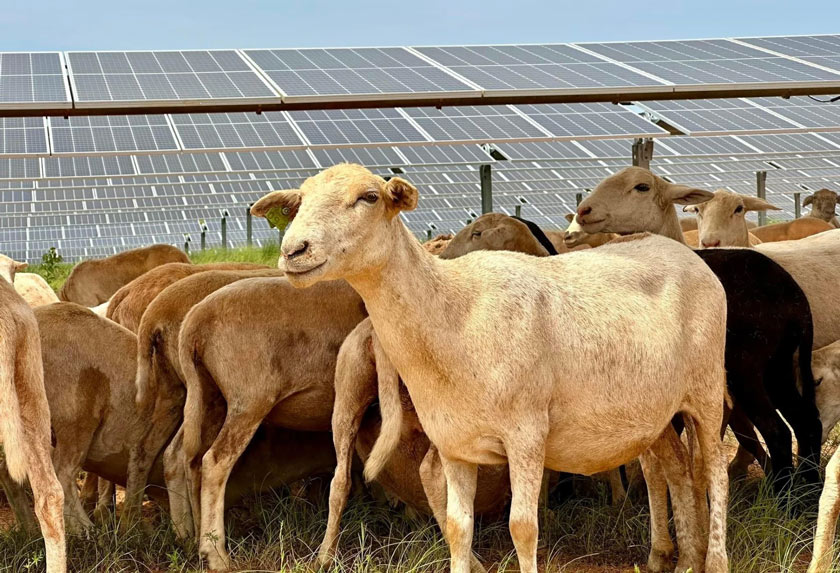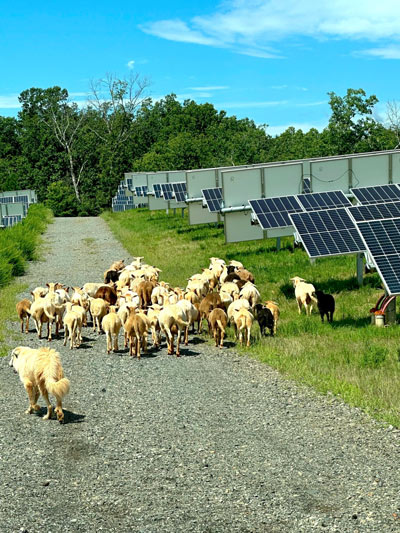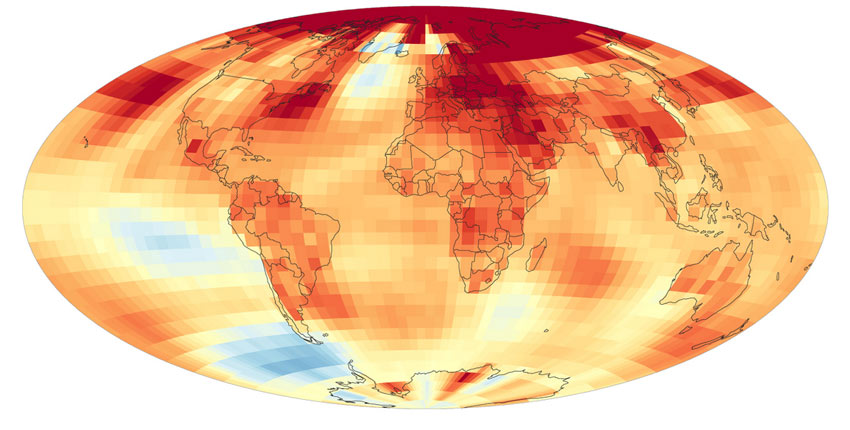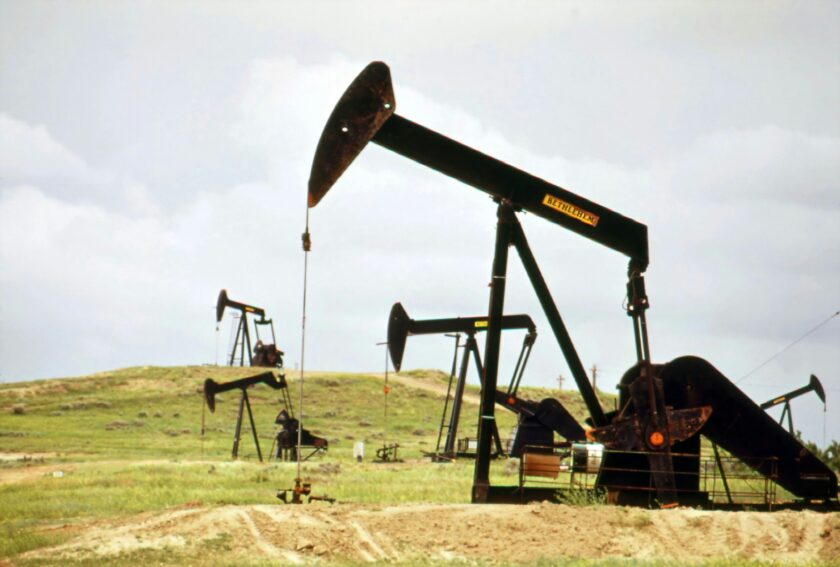
We all come to things with our own points of view. One person may see a field of solar panels and smile with delight about it; another may shake their head in dismay—wondering why they see such things springing up more and more.
There is a significant increase in the demand for electricity that we (the collective we, not just our country but throughout the world) are experiencing. This is driven by the growth in the use of Artificial Intelligence (AI) and those handy little gadgets we all carry around, you know, smart phones. An organization in the Commonwealth of Virginia, the Joint Legislative Audit and Review Commission, issued a report in December 2024 that said in Virginia the demand for energy will nearly triple between 2020 and 2040, due almost entirely to the construction of data centers. While conditions are extreme in Virginia, it is by no means the only state that will experience a significant increase in energy demand due to the construction of data centers. Other states where a large presence of data centers exist or are in the planning and development stages include Oregon, California, Texas, Iowa, Illinois, Georgia and New York.
 If we are going to be able to accommodate the growth in demand for energy, we cannot simply expect the power to be there when the “on button” is pressed, we need to build out our energy resources as well as data centers. How, then, do we make things like large and utility scale solar farms a thing that everyone can smile about? One approach is to make our solar arrays work double duty—generating energy and allowing additional productive land uses—like employing “agrivoltaics”!
If we are going to be able to accommodate the growth in demand for energy, we cannot simply expect the power to be there when the “on button” is pressed, we need to build out our energy resources as well as data centers. How, then, do we make things like large and utility scale solar farms a thing that everyone can smile about? One approach is to make our solar arrays work double duty—generating energy and allowing additional productive land uses—like employing “agrivoltaics”!
Energy Shift has shared other examples of agrivoltaics because we think it is a wonderful idea. Here is another example of great people doing great work— Jess and Marcus Gray own and operate Gray’s Lambscaping. Based in Virginia, their flock of sheep is available to graze solar farms up and down the eastern seaboard. Growing from 800 sheep to an expected flock of more than 5,000 during 2025, Gray’s Lambscaping understands the growing demand for solar energy and the need to manage these farms to minimize stormwater runoff, keep maintenance costs down (think mowing), and even enhance the land where the solar panels are operating.
Visit their website at https://grayslambscaping.com
Check out their YouTube video.
Categories
Featured posts
January 31, 2025
January 31, 2025


